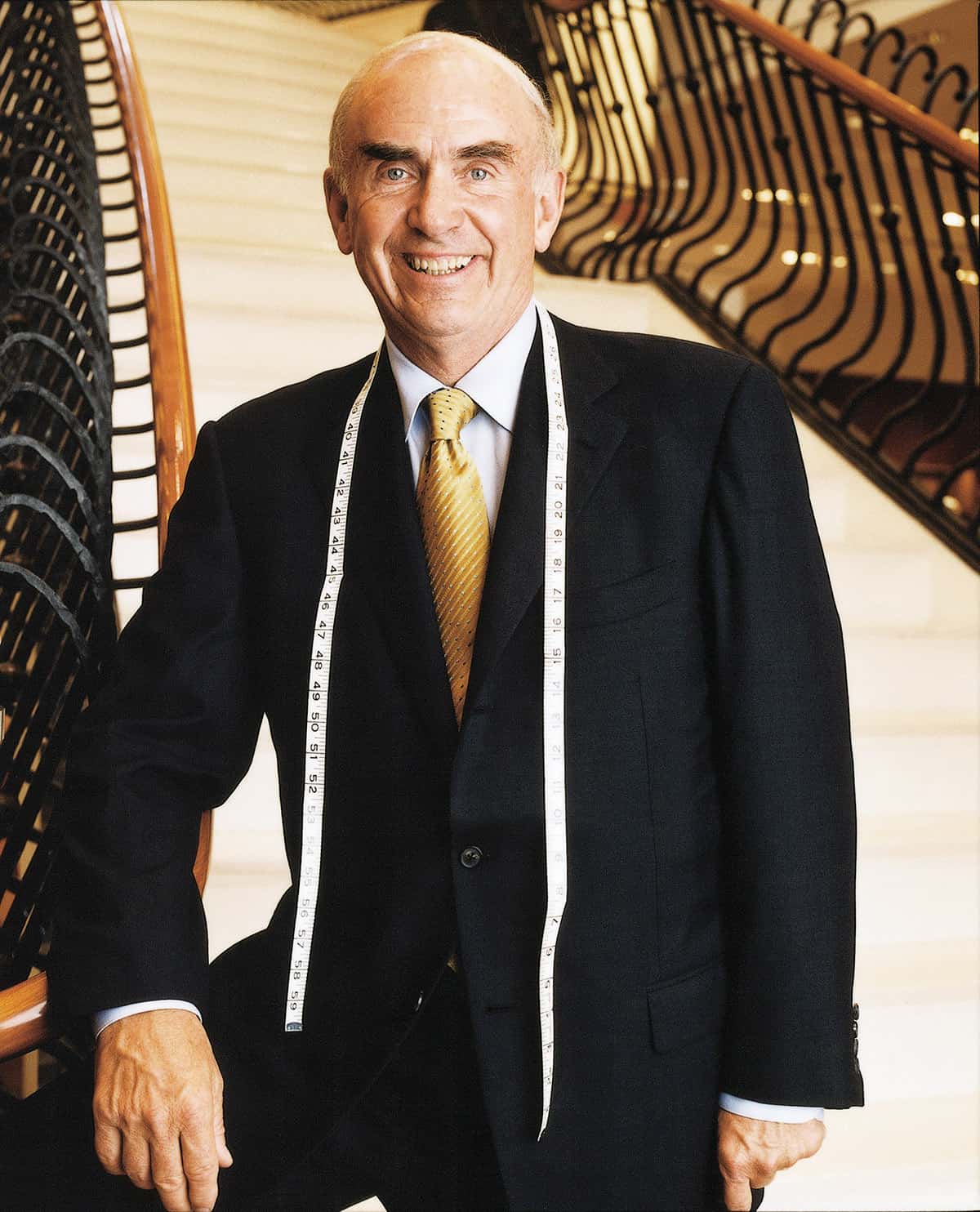SELLING THE “HUG YOUR CUSTOMERS” WAY


No one knows more about selling than Jack Mitchell (chairman of seven of the most successful luxury fashion stores in the world), and no one better explains the art and science of establishing an emotional connection between buyer and seller. His newly released book, “Selling The Hug Your Customers Way,” available on Amazon, is a powerful read for sellers of all types, guaranteed to improve your business and enrich your life.
In anticipation of Jack Mitchell making a guest appearance at the MR-hosted cocktail party at Project this Sunday, July 22 from 4pm to 5pm, we chat with him oh his new book, the nature of what makes a great sales person, and frequent mistakes sellers often make.
Q: You’ve had widespread success with your two previous books on the power of hugs; why a third?
A: This one describes the selling process, step by step, with real-life examples. I’ve always been passionate about selling but early in my career, I didn’t understand that enthusiasm is not enough. Nor did I understand the method, or that selling is something that can be learned. After years of selling, I now know that it’s less about making the sale and more about allowing the buy, creating a relationship and an environment in which the customer feels comfortable and valued. I’ve given about 250 speeches around the world since I first launched “Hug Your Customers” in 2003; I know the process works, not just for stores but for all kinds of businesses.
Q: What exactly is the process?
A: I hate to oversimplify since the book uses numerous anecdotes to explain the stages. Essentially, the process involves: making the connection, decoding the mission, showing and sharing (not show and tell but show and share), allowing the buy, kissing goodbye and throwing in one for good measure. Each step is described in depth with advice from various sales experts. Bottom line: great sellers don’t sell; they connect with their customers and inspire them to buy.
Q: Do you believe that some people are born sellers?
A: Some people are born extroverts but this does not guarantee great salesmanship. It’s more about personalizing the experience; it’s a process that can be learned. Not all our top sellers have effusive, outgoing personalities, and sometimes people with big personalities are too pushy.
Q: What do you look for when you hire sellers?
A: They’ve got to have integrity (something psychological tests can’t always pick up). They need to be positive and passionate with a sincere desire to grow. They have to be nice people. And competent. Interestingly, we’re getting some of our most competent candidates these days from our department store competitors: star sellers who have become frustrated by declining store traffic and thus lower commissions.

A: Many of them rush the sale. It’s important to mirror the customer’s pace and know that certain shoppers prefer to take their time. It’s also important to vary the pace, sensing when to speed up and when to slow down. Also, while most customers want the seller’s opinion, it’s best to know as much as possible about the customer’s taste and lifestyle before you give yours. A third mistake is not setting up for the next visit: always hand out your business card; always write a note after the visit thanking the customer for their purchase. Send a relevant magazine article or a book for their kids. The challenge, and the fun, is seeking out new ways to connect.
Q: Any other tips?
A: Talk less and listen more. Make sure that the first item you show a customer is the one you think best suits them. (Research has shown that at least 50 percent of sales will be the first item shown.) Sellers should always be themselves and avoid sounding scripted. (At one luxury hotel chain, they’ve asked their associates to stop saying “It’s a pleasure…”)
Sellers should watch how other great sellers operate. There are so many nuances that matter. Don’t hover but keep the customer in sight. Keep moving, never stand around. And know when to sell 2-on-1 or 3-on-1 and when to disappear and let the lead person sell alone. (It’s like playing doubles in tennis: you anticipate each other’s moves…)
A suggestion for buyers and managers: spend time on the selling floor and keep a few dozen clients of your own. In this way, you’re in a better position to inform vendors of any problems, or of changing customer preferences.
Q: What was your best sale ever?
A: Convincing Linda to marry me, 57 years ago.
Q: Is there a single message in your book that you consider all-important?
A: Yes: The message is that great sellers build authentic relationships with their customers which builds long term loyalty. And they of course always act with integrity which fosters mutual respect and trust. They become friends and clients for life. It’s a fun and valuable process.



